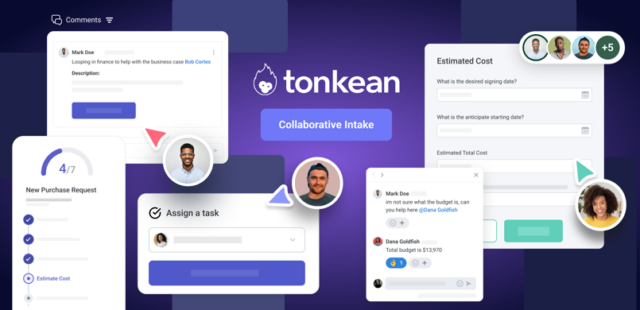Pete Kinder, CTO at Wax Digital explains why customers need to be at the heart of eProcurement development
There are typically two ways to approach designing software for business users. You can either build what you think the market wants or create a platform designed to work specifically for the people expected to use it.
I’m a firm believer in the latter. As more businesses look to automate manual data management tasks in procurement, the key to successfully digitally transforming these slow, laborious processes such as eInvoicing or sourcing new suppliers, is to introduce software that is easily accessible and user-friendly.
The main barrier to the adoption of any new software which encourages a new way of doing things is typically because users find it difficult to navigate or they haven’t received effective training. Ease of use should never be underestimated.
Businesses use eProcurement software to digitise a wide variety of processes. Some will be focused on automating the whole procure to pay process or streamlining and optimising supplier sourcing or contract management, while others may choose to use it for all those activities. No matter what the plans for the software are, it’s often, not until the planning stage, that the need for functionality tweaks or customisation becomes apparent. But just how open to new innovations or enhancements is the software provider? Is the answer likely to be a resounding no, or are they open and willing to embrace any feedback? And, does their consultative advice come at an extra cost?
If you’re looking to work with a software provider to digitally transform procurement, it’s essential that the platform is designed to fit the exact needs of your organisation and most importantly, is created with the end-user in mind. Here are some key points to consider before choosing a supplier:
- Get involved
Is the provider open to new ideas for future enhancements to the system? If it is, what then happens with this information? Does it offer customer user forums or online feedback channels? Will you get to work collaboratively with a dedicated account manager? Product roadmaps should be directly influenced by customer ideas and innovations, so if you want a say in the development of the platform you work with every day, find out if this is possible.
- Usability
Rolling out new software to enable a change of process is pointless if users are reluctant to embrace it. It can be frustrating to try and introduce new systems to employees who are so used to performing tasks in a certain way, that new software is seen as an unwelcome obstacle.
Moving from manual to digital processes is a huge culture change for any business. This is why ease of use is so vital for the end user experience and ultimately the success of the software deployment.
Before you buy, take time to really understand the ways in which the software can benefit your business and employees. Find out if the development team can recommend ways to make the software as accessible as possible for reluctant users. Also, ask about their approach to user training and think about what’s likely to work best for your team.
- Do your homework
Don’t just accept the software providers’ claims that customer feedback matters to them. Ask to speak to their customers to verify just how involved they are in development of the system and how it has been configured for their use. Also, don’t forget to check out how the provider is rated by the analysts.
- Stakeholder engagement
Is the software provider open to key stakeholder engagement from the outset? Apart from the procurement team, consider who else in the business needs to be involved. Think about the types of information the new system can provide such as visibility on spend or cost savings data, and how the management team can use it.
Involving key people from around the business at each crucial planning stage helps ensure their requirements will be met. It will also help them appreciate and support the benefits of the new system and could help encourage end-user buy-in.
An investment in eProcurement software is a big decision and aside from automating manual processes, it can also help control business-wide spend, ensure and offer complete visibility into how the business spends its money. However, these benefits can only be reaped if the system is designed to meet needs of the end-users. Choose your provider wisely.











